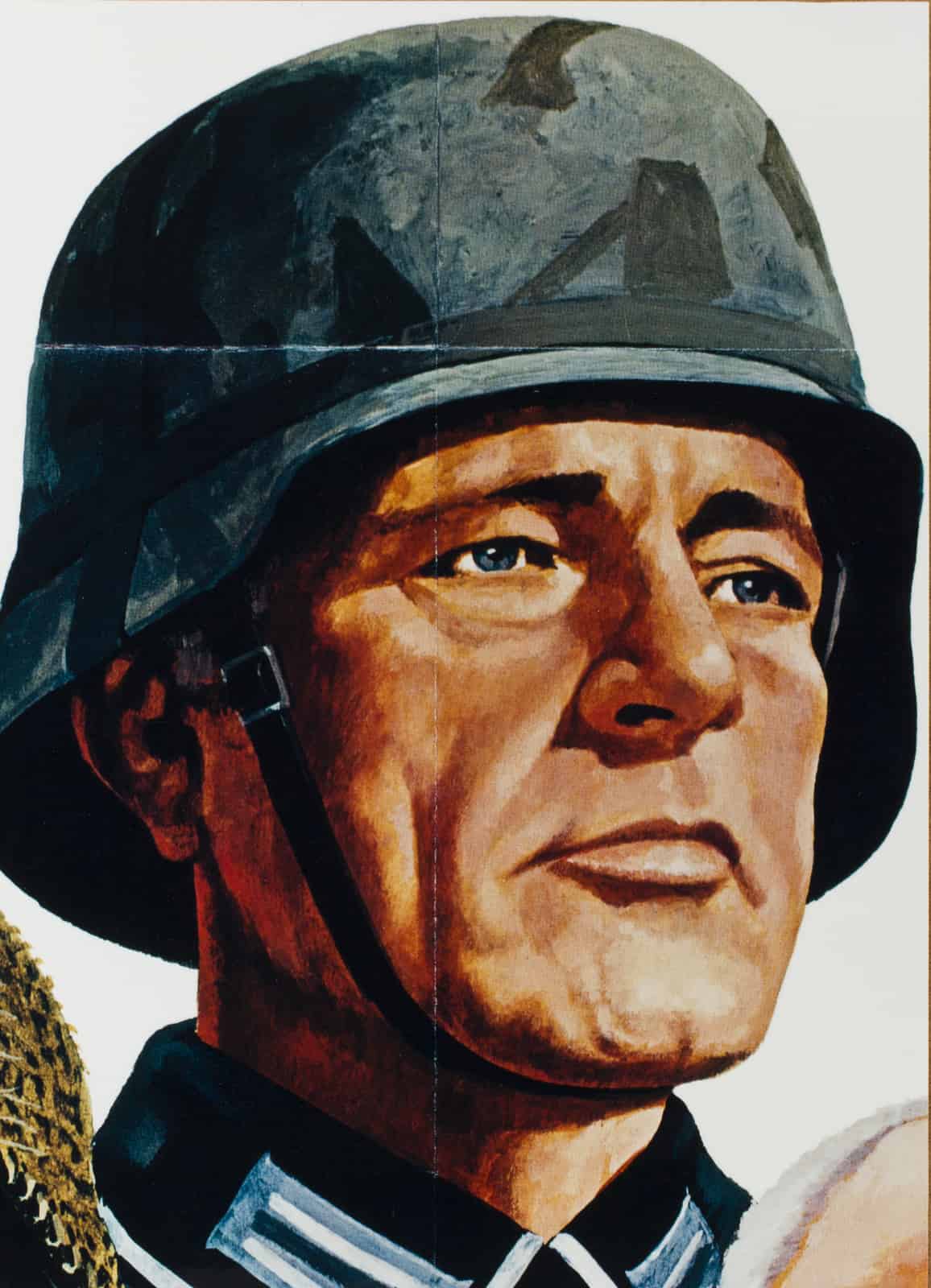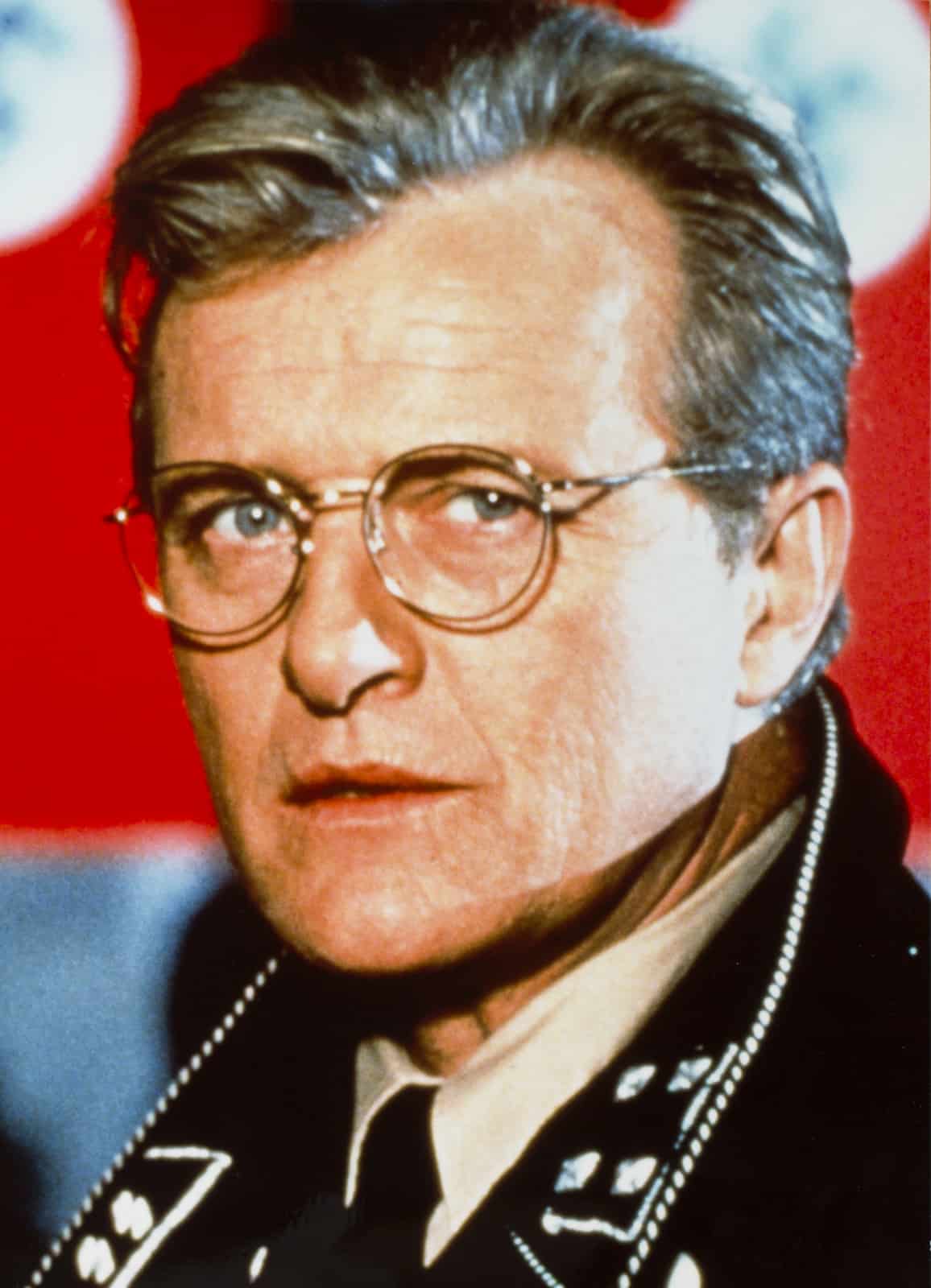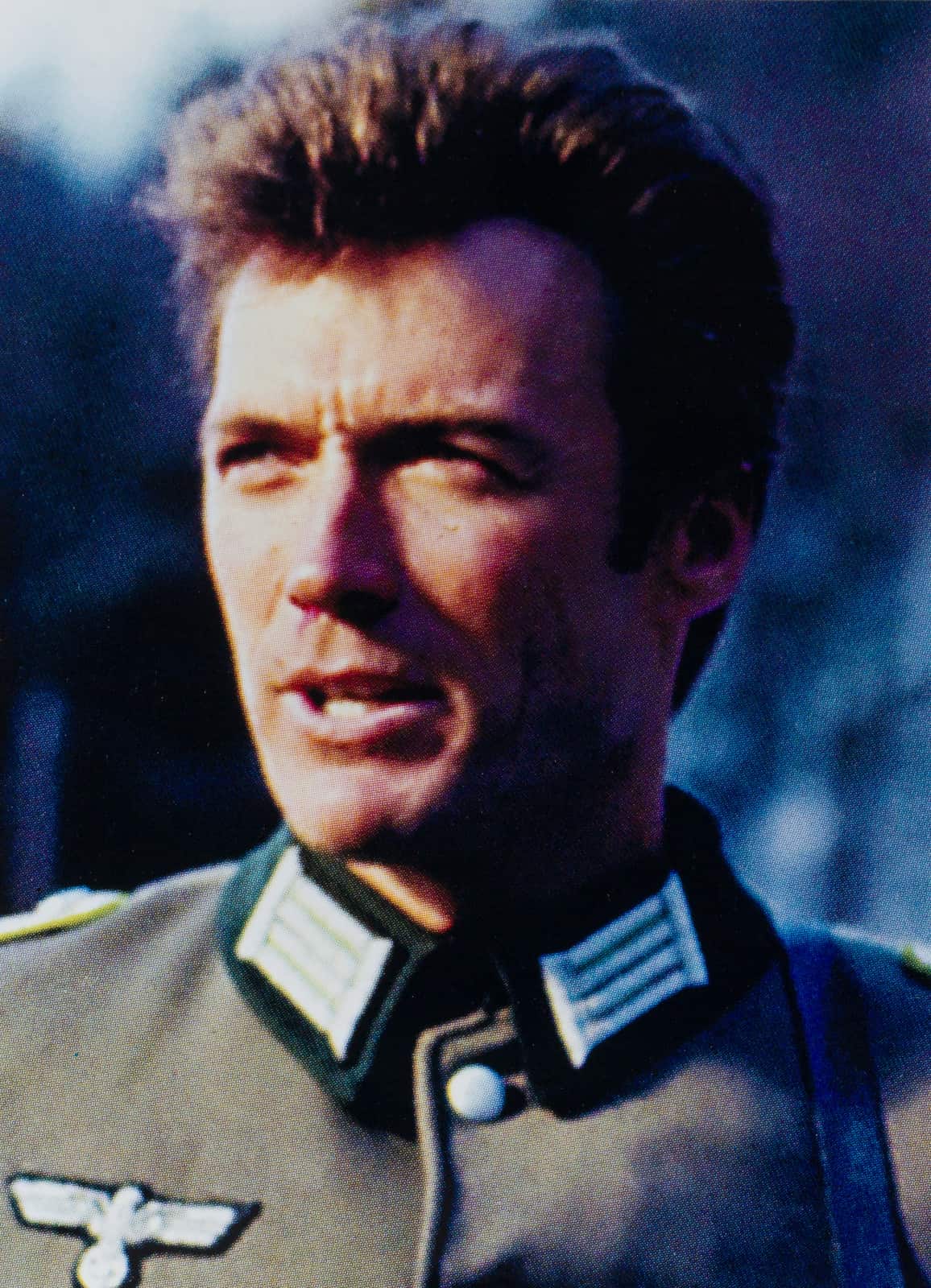This month, one of the most renowned and controversial works of Polish contemporary art, “The Nazis” by Piotr Uklański, will be exhibited and then auctioned at the Contemporary Art auction organised by DESA Unicum on November 19th.
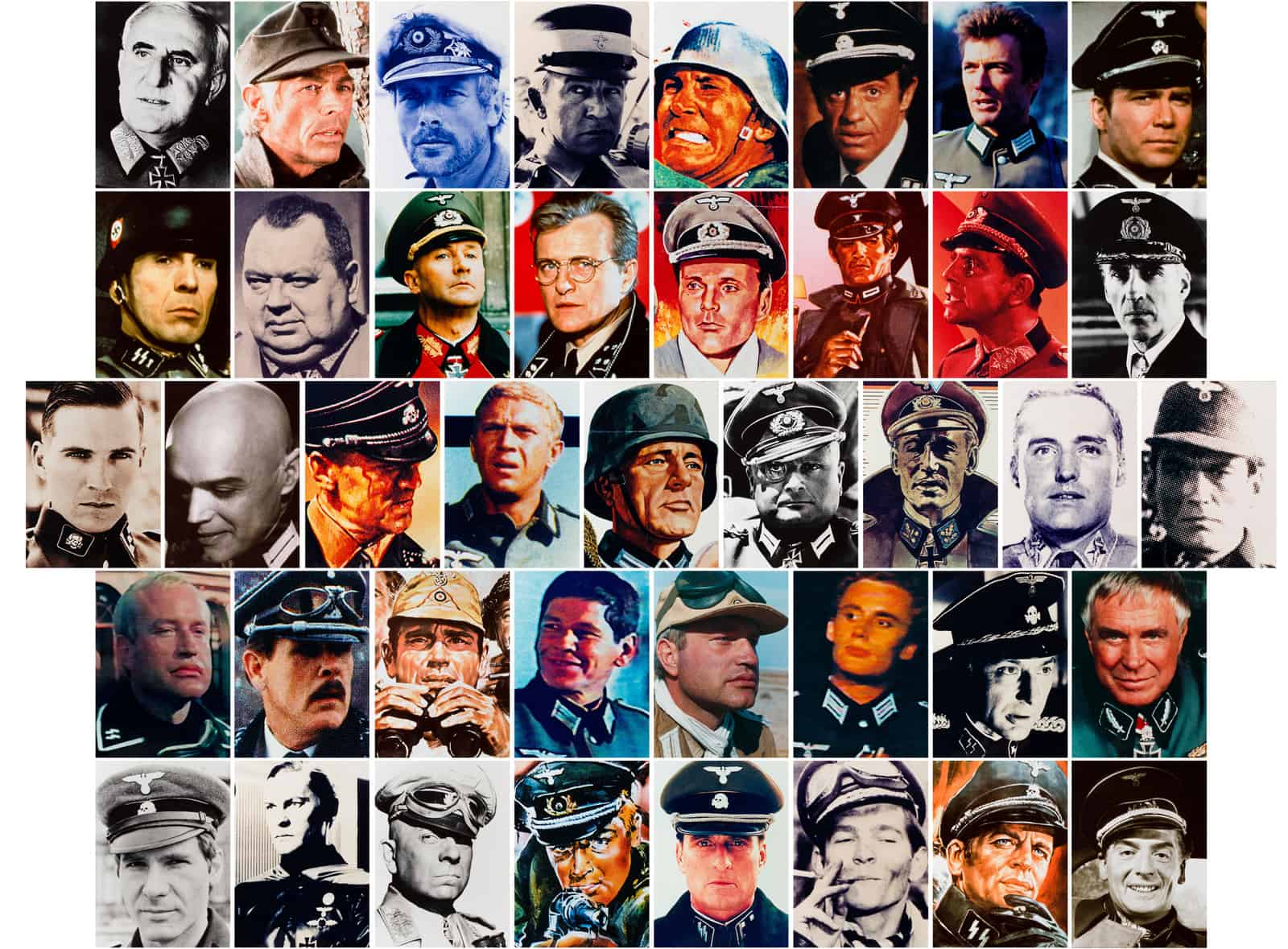
Piotr Uklański’s “The Nazis”
“The Nazis” is a photographic installation consisting of 164 glossy portraits depicting well known actors playing German soldiers in SS uniforms taken from popular films. The work shows how tragedy and trauma, such as the horrors of the Second World War, are represented in popular culture. People tend to view history through simple narratives and stereotypical images, creating new, easily digestible symbolism that helps them understand complex and tragic events of the past. As Uklański himself said, “The portrait of a Nazi in mass culture is the most prominent example of how the truth about history and about people is distorted. This is all the more important to me in that this is the main source of information about those times, and for many people – the only one.”
By gathering together these stereotypical images, the installation forces us to face the truth and exposes the myth created by popular culture. Seeing easily recognisable, familiar faces of beloved actors presented with infamous symbols such as black leather coats, scars or uniforms creates the feeling of unease, multiplied by the number of presented photographs. The viewer doesn’t have a choice but to realise they need to use the lenses of fantasy and fiction to face the morbid reality. “But in fact, Uklański doesn’t try to fight the traditional approach to history in his art. He just wants to emphasise the discrepancy between viewing history as national heritage and how superficial its treatment in mass culture is”, says DESA Unicum’s vice director, Artur Dumanowski. “Although the artwork was created over 20 years ago, it is still very relevant. It can be viewed through the prism of many contemporary situations and contexts. That’s what makes great art. It never loses its meaning.”
Piotr Uklański’s “The Nazis”, 1999, Richard Burton in “Steiner – Das Eiserne Kreuz”
Piotr Uklański’s “The Nazis”, 1999, Rutger Hauer in “Fatherland”
“The Nazis” entered the art world with a bang, causing a stir after they were presented to the public for the first time at The Photographers Gallery in London in 1998. As it turned out, the event was just the beginning of the artwork’s scandal-filled journey through the history of contemporary art. Two years later, “The Nazis” was exhibited at the Zachęta National Gallery of Art in Warsaw where it witnessed an incident that soon hit the headlines of all major Polish news outlets. Daniel Olbrychski, a Polish celebrity actor, smuggled a sabre borrowed from the set of the famous historical drama film, “The Deluge”, into the gallery. In the presence of TV journalists, he destroyed the artwork in a publicity stunt, cutting a few of the presented photographs, including his own image.
The incident was the result of the conflict between the art world and Polish society that arose in the 90s. After 1989, Polish contemporary art underwent radical changes and gradually became more complicated and complex. It soon became harder for the public to understand and appreciate its meaning and complexity. After the stunt, Olbrychski explained his actions describing them as a protest against calling him and other actors nazis. By doing that, he involuntarily admitted that he misinterpreted the meaning of “The Nazis” and that, ironically, he couldn’t see the difference between on-screen fiction and reality, adding to the symbolism of the artwork. The incident placed “The Nazis” in the centrepoint of the historical process of shaping the relationship between contemporary art and its viewers.
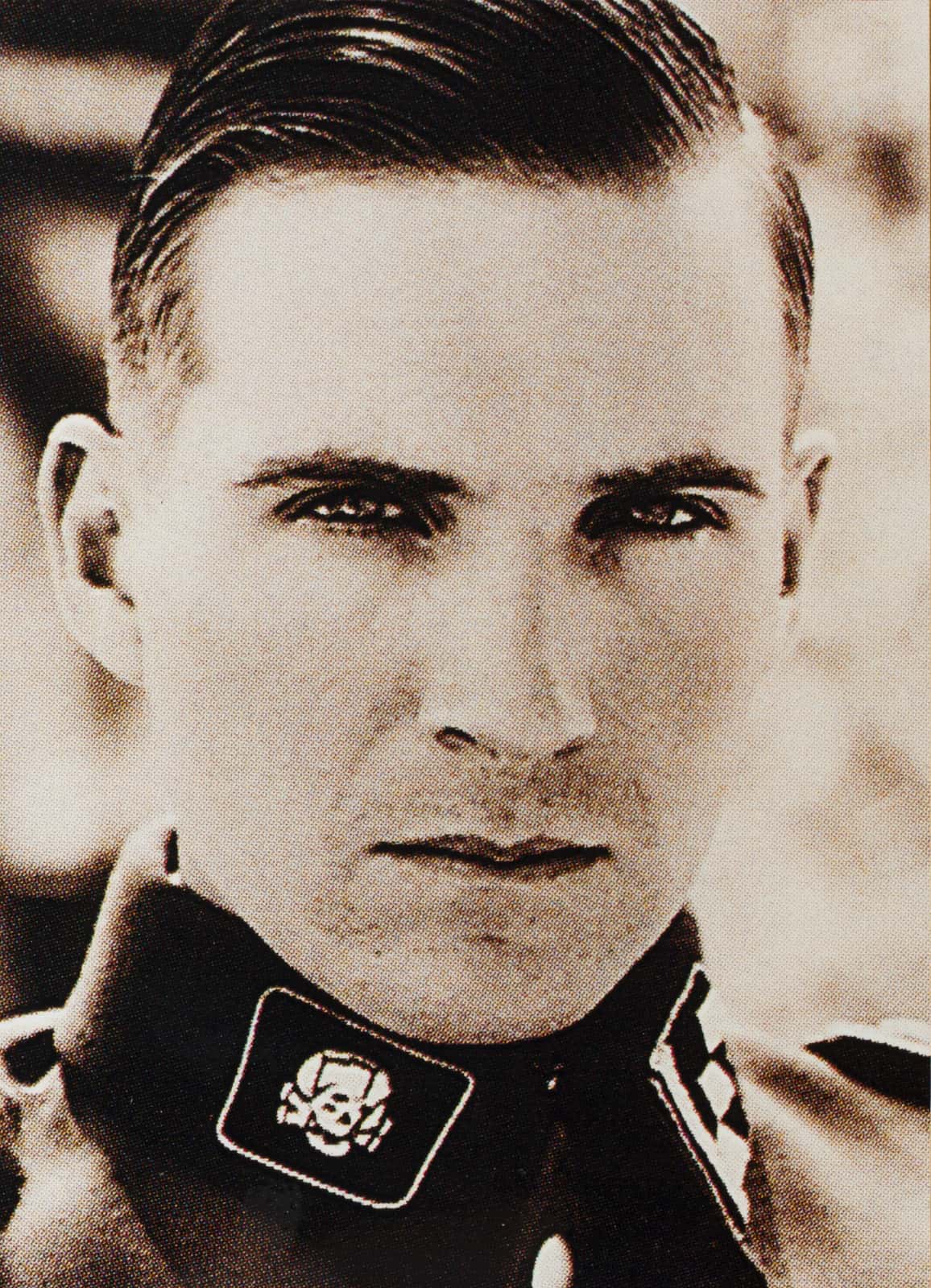
Piotr Uklański’s “The Nazis”, 1999, Ralph Fiennes in “Schindler’s List”
“The artwork is considered one of the most controversial pieces of contemporary art. At the same time, it’s one of the most popular works in the world. One of them can be found at the prestigious Metropolitan Museum in New York, another one was sold at the Phillips de Pury auction house in 2006 for the sum of £568,000. At the time, it was the most expensive Polish work of contemporary art”, says Dumanowski.
During the last two decades, Uklański has become one of the most sought after contemporary artists, not only in Poland but also around the world. In his work, he often uses well known, sentimental subjects and challenges their old meanings. Although he’s known to take on controversial subjects, his main goal is not only provocation.
“Piotr Uklański holds a strong position in the international art market. In 2015, he had an exhibition at the Metropolitan Museum of Art in New York. But his works were also exhibited at prestigious institutions in London, Vienna, Paris or Basel. I think that viewing Uklański’s work through the prism of controversy would be superficial. He still boldly uses subjects that for many seem unavailable or uncomfortable. However, after a deeper analysis and taking into account the rest of his work, we can see that the artist remains loyal to his ideas and the freedom of creative work”, explains Dumanowski.

Piotr Uklański’s “The Nazis”, 1999, Karl-Otto Alberty in “Raid on Rommel”
“The Nazis” is on view at an exhibition held at DESA Unicum in Warsaw starting on November 12th and promotes the Contemporary Art auction. In the auction catalogue, next to Uklański’s work, we can find other outstanding pieces of Polish art after 1989 and big names such as Wilhelm Sasnal or Agnieszka Polska. The artworks, including “The Nazis”, which is estimated to be sold for 600,000 – 800,000 PLN, will be auctioned on November 19th.
Piotr Uklański’s “The Nazis”, 1999, Daniel Olbryski, “Les Uns at Les Autres”
Piotr Uklański’s “The Nazis”, 1999, Clint Eastwood in “Where Eagles Dare”






